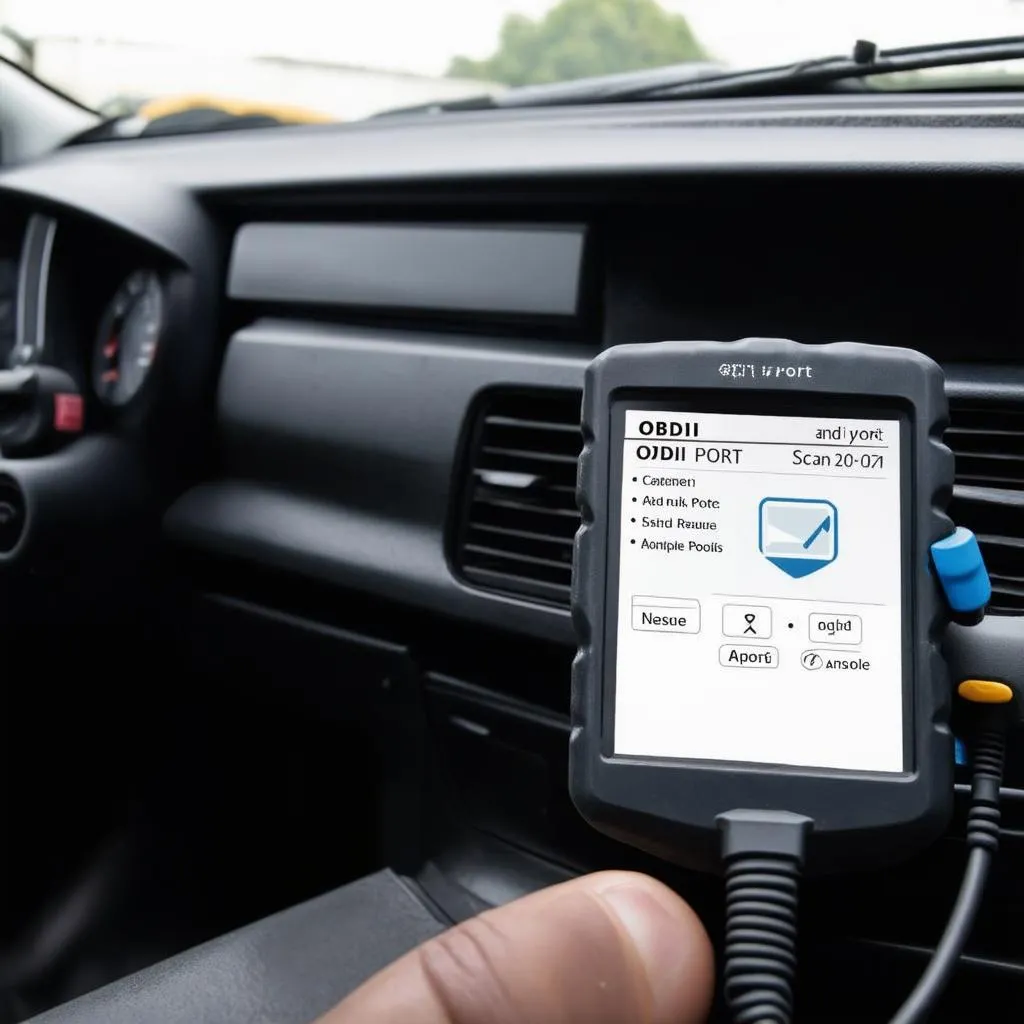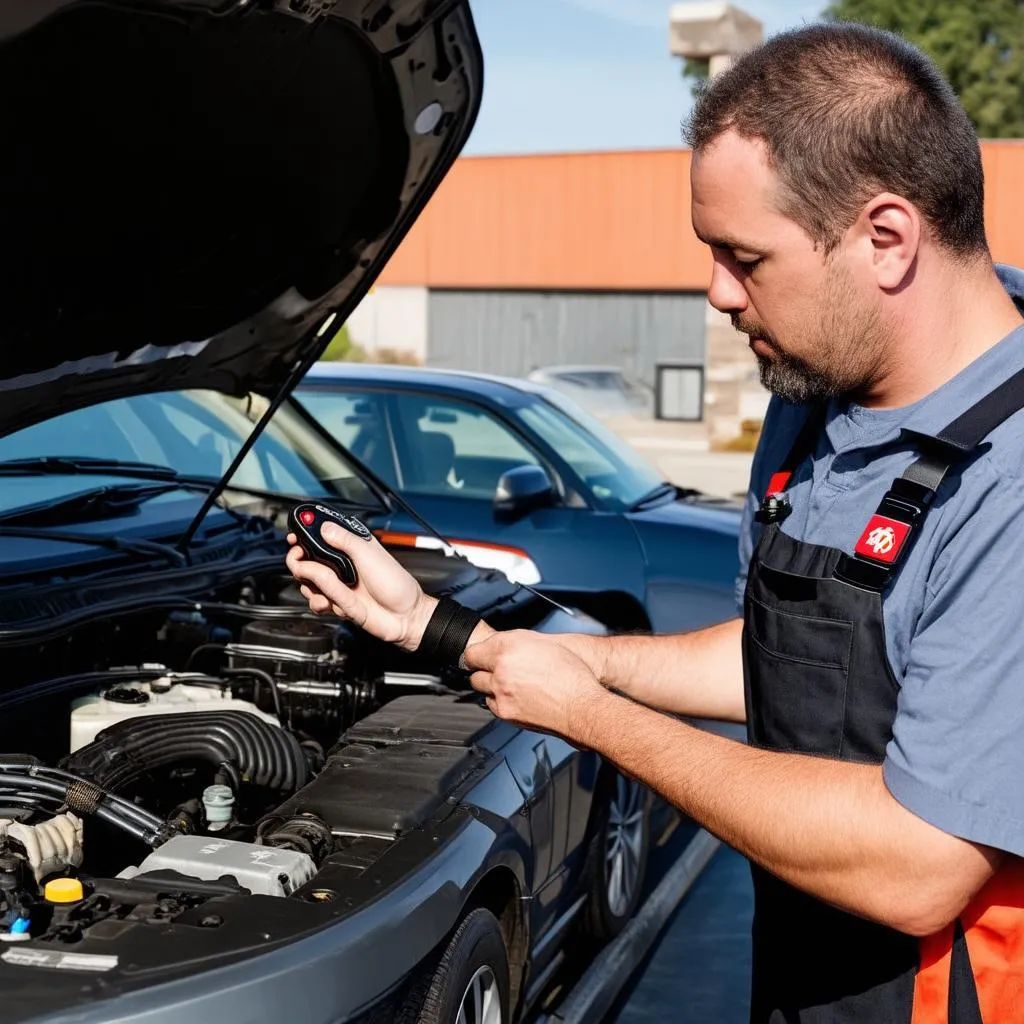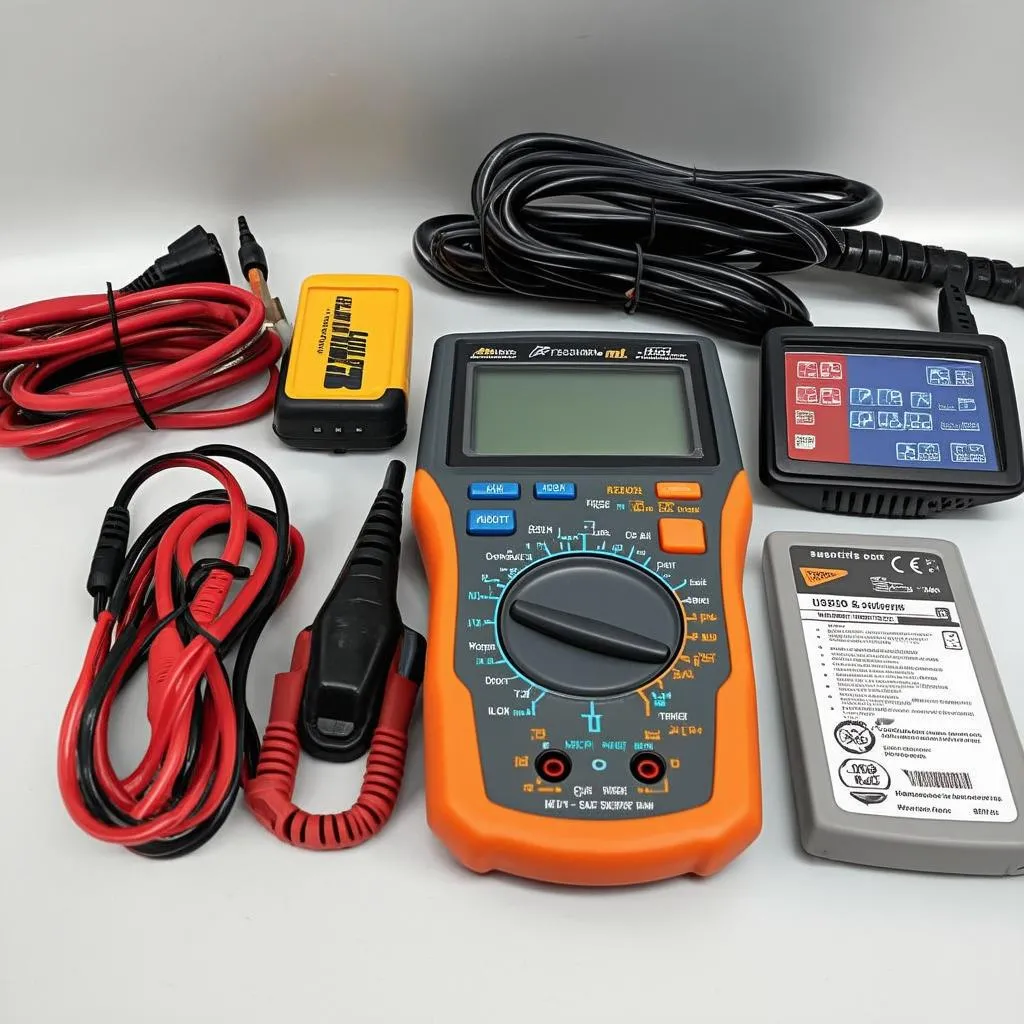VCDS Readiness Status: What It Is, How To Check It, And What To Do When It’s Not Ready
Have you ever been to a mechanic and they told you your car needs a “readiness status check”? Or maybe you’re trying to pass emissions testing and you’re not sure if your car is ready. If you’re like most people, you probably don’t know what a “readiness status” is or why it’s so important.
Well, you’re in luck! This guide will cover everything you need to know about VCDS readiness status. We’ll answer common questions like:
- What is VCDS readiness status?
- Why is it important?
- How do I check my VCDS readiness status?
- What does it mean if my car is not ready?
- How do I fix it?
Let’s dive in!
What is VCDS Readiness Status?
VCDS, or “Vehicle Diagnostic System”, is a popular software program used to diagnose and repair European cars. The VCDS readiness status refers to a series of tests performed by the car’s On-Board Diagnostic (OBD) system to check the emissions system is operating within acceptable limits.
Think of it like a health checkup for your car’s exhaust system.
When you take your car in for an emissions test, the mechanic will use a scan tool to check the VCDS readiness status. The tool will look at a variety of parameters, including the engine’s oxygen sensors, catalytic converter, evaporative emission system, and more.
Why is VCDS Readiness Status Important?
This check is crucial for ensuring your car’s emissions are within acceptable limits. It is especially important if you live in a state with stringent emissions regulations. If your car’s emissions don’t pass the test, you may be required to have your vehicle repaired before you can drive it.
How To Check Your VCDS Readiness Status
Checking your readiness status is easier than you might think. You can use VCDS software, a common scan tool, to check the status. Here’s how:
- Connect the scan tool to your car’s OBDII port. The OBDII port is usually located under the dashboard, near the steering column.
- Start the engine and let it warm up. You should run your car until it reaches operating temperature to ensure the OBD system has enough information to generate an accurate readiness status.
- Select “Readiness Status” in the scan tool software. This will display a list of readiness tests and whether they have been completed or not.
Note: The number of readiness tests required will vary depending on the year, make, and model of your car. You can find a list of tests for your specific vehicle in the VCDS software manual or on the cardiagxpert.com website.
What Does It Mean If My Car is Not Ready?
If one or more of the readiness tests have not completed, there could be a problem with your emissions system.
Possible reasons why a readiness test might not be completed:
- A sensor or component has failed. A faulty oxygen sensor or a malfunctioning catalytic converter could prevent a readiness test from completing.
- The car has not been driven enough. If you haven’t driven your car for a long enough distance or driven under a variety of conditions, some tests might not have a chance to complete.
- There’s a computer error. Sometimes, a computer error can prevent a readiness test from completing.
How Do I Fix It?
If one or more of your VCDS readiness tests are not ready, here are some steps you can take to resolve the issue:
- Have your car inspected by a qualified mechanic. A mechanic can use a scan tool to diagnose any underlying issues with your emissions system.
- Drive your car under a variety of conditions. Driving your car for a longer distance, at various speeds, and under different driving conditions (city driving, highway driving, etc.) can help complete the readiness tests.
- Clear the fault codes. If you’ve had a warning light on, clearing the fault codes may reset the readiness tests and allow them to run again.
Frequently Asked Questions:
Q: Can I reset the readiness status myself?
A: It is possible to reset the readiness status by clearing the fault codes with a scan tool. However, clearing the fault codes won’t solve the underlying problem. If the fault codes return, it means there is an issue that needs to be addressed.
Q: What if my readiness status is not ready and I need to pass emissions testing?
A: You can try driving your car for a longer distance, in various conditions, to see if the readiness tests will complete. If that doesn’t work, you will need to have your car inspected by a mechanic to diagnose and resolve the issue.
Q: Is there anything else I can do?
A: You can try resetting your car’s computer by disconnecting the battery for a few minutes. This can sometimes reset the readiness tests. However, this is not a guaranteed solution, and it may not be suitable for all vehicles.
Q: How can I avoid this situation in the future?
A: Regular maintenance is key to preventing your VCDS readiness status from becoming an issue. Regular oil changes, air filter replacements, and inspections of your emissions system can help prevent problems from developing.
Conclusion
Understanding your VCDS readiness status is an important part of car ownership. While it may seem complex, it’s not as difficult as it sounds.
By following the steps outlined above and understanding the common reasons for a failed readiness test, you can get your car ready for emissions testing or any other inspection.
If you’re still having trouble with your VCDS readiness status, don’t hesitate to reach out to our team of car experts at cardiagxpert.com. We’re here to help!
Need help with your car diagnostics? Our team of experts is available 24/7. Contact us via Whatsapp: +84767531508.
 VCDS readiness status
VCDS readiness status
 Car emissions test
Car emissions test
 Car diagnostic tool
Car diagnostic tool
